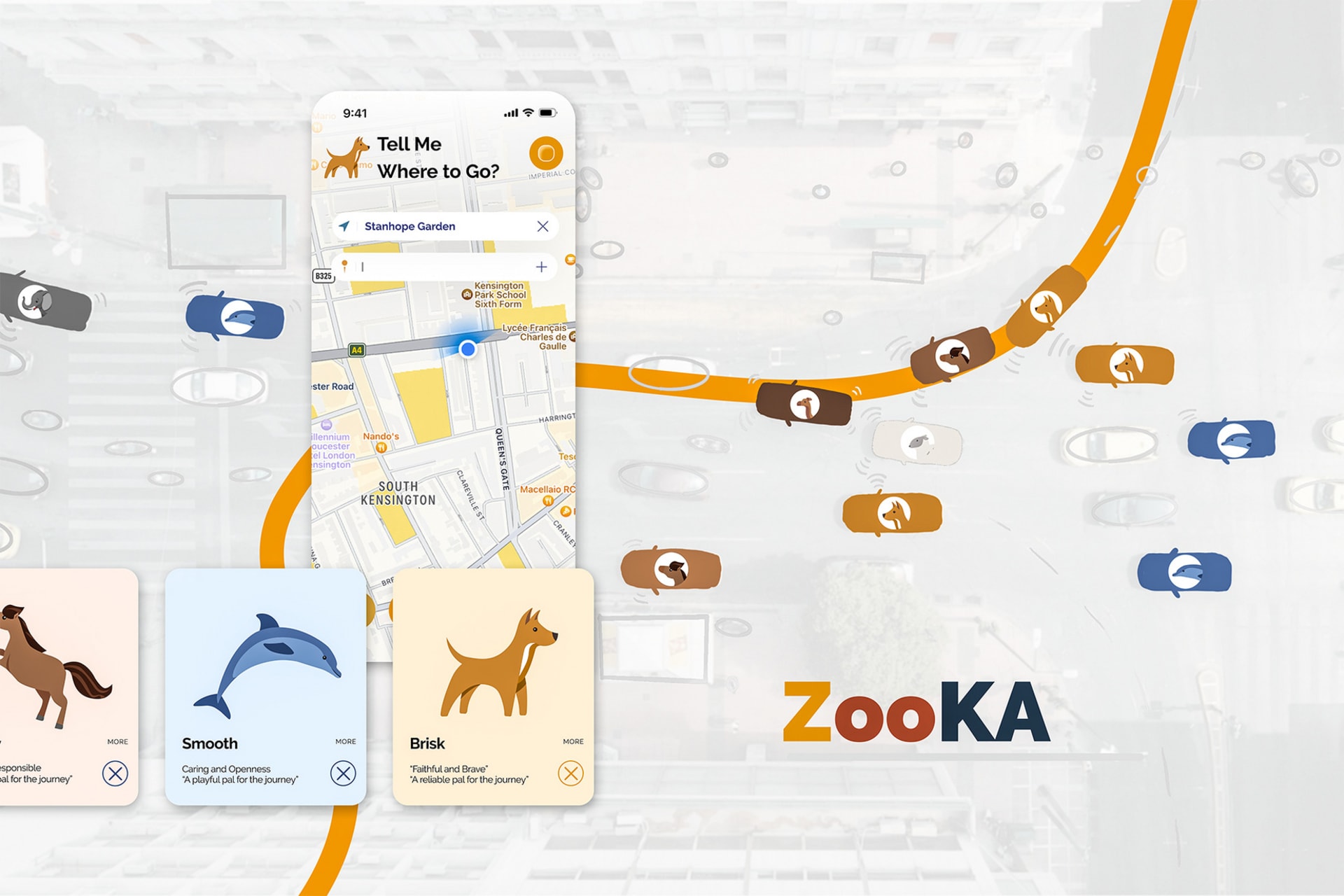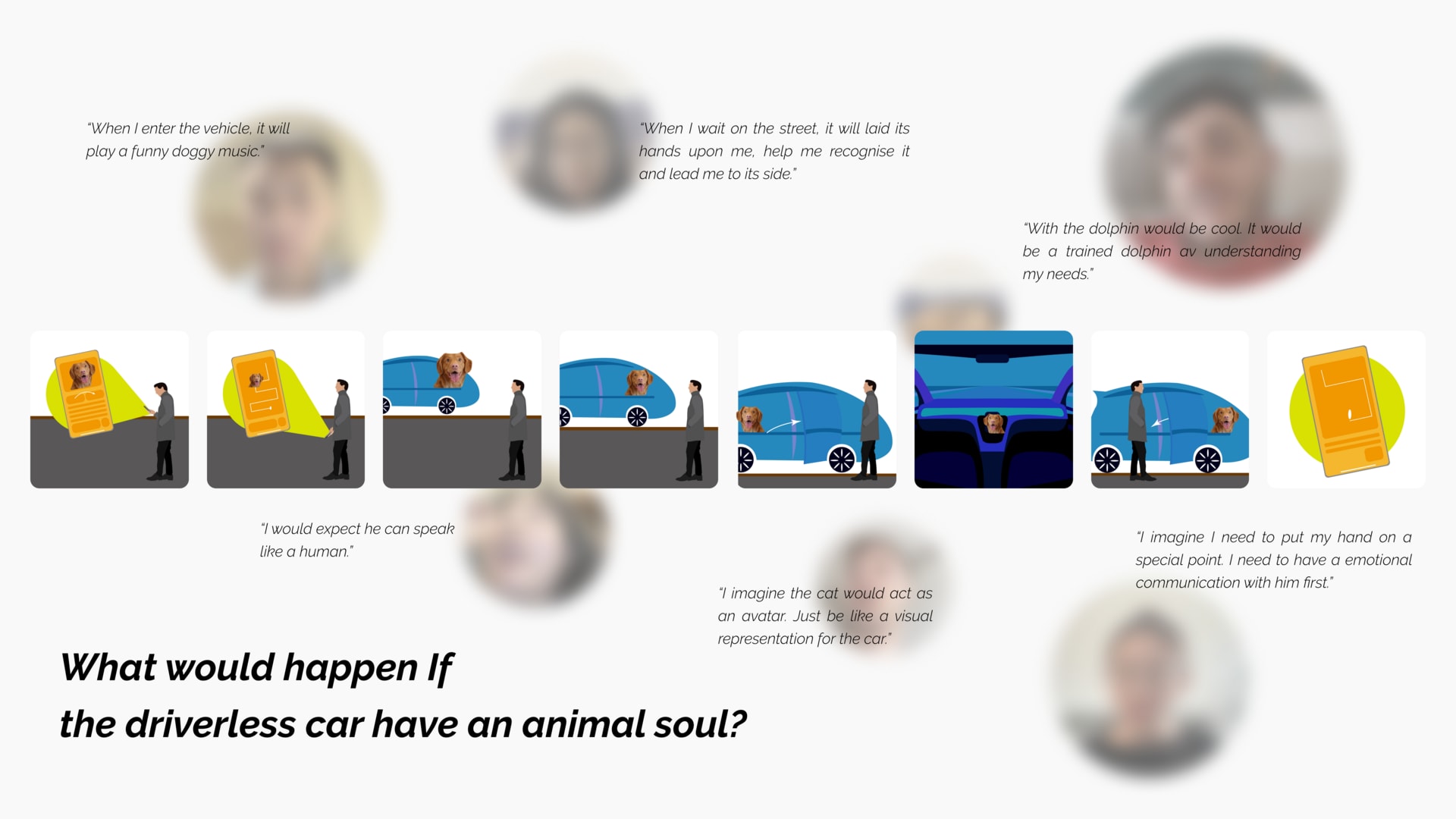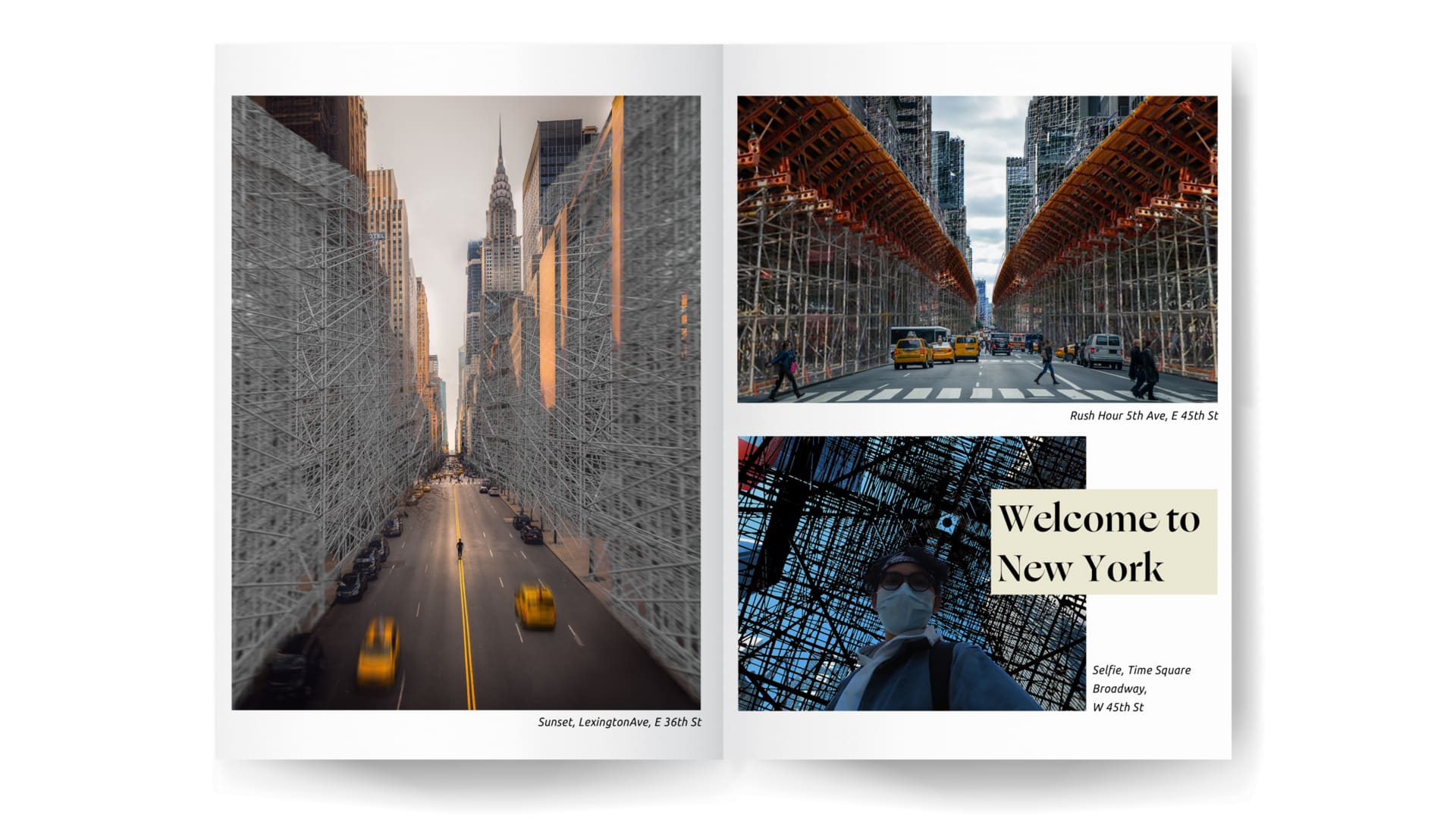Douglas Yueming Lai designs and studies engaging experiences for human-computer interaction.
He is a user experience designer and researcher who is passionate about discovering new perceptions and interactions to advocate positive change for future human experiences. He is broadly interested in how speculation can translate into actionable innovation, how humans collaborate and communicate with AI and automated systems, and how sensory interaction can enhance this experience.
Education:
MA/MSc in Global Innovation Design - Royal College of Art & Imperial College London (2020-2023)
Bachelor of Engineering in Industrial Design - South China University of Technology (2016-2020)
International exchange:
Semester Abroad at Pratt Institute, New York, US (2021)
Semester Abroad at Keio University, Tokyo, Japan (2021)
Exchange student at National Yunlin University of Science and Technology (2018)
Visiting Student at Georgia Institute of Technology, Atlanta, US (2018)
Experience:
Head of Local Committee - AIESEC in Mainland of China (2018-2019)
Achievements:
Finalist - 'Beyond Smart' by OPPO, NoBound
Semi-finalist - 'Sparkling Hackathon' by BP, Tubo
'The Future Happened: Designing the Future of Music' by LADdesign x CCA Design Futures Lab x Museum of Design Atlanta (MODA), InnerSleeve

















